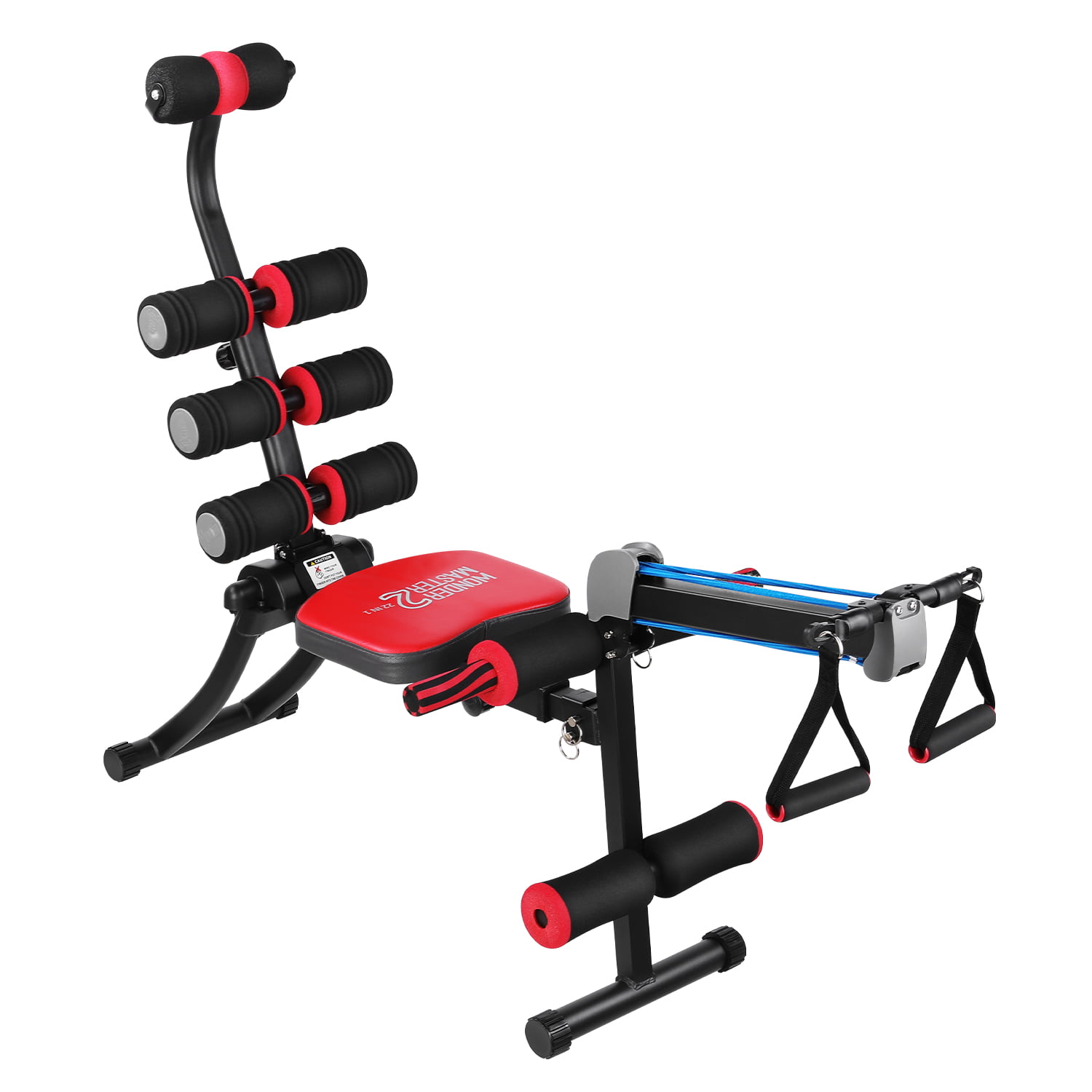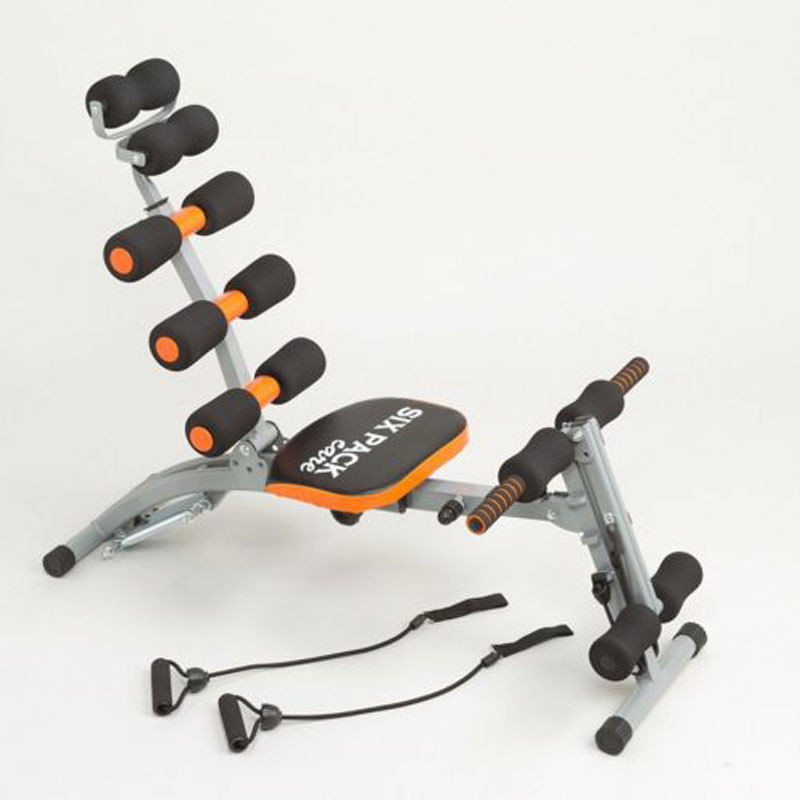


You should have around half of your back off the ground. Squeeze the muscles while lifting and stop when your abdominal muscles feel fully flexed. Without using momentum or swinging your arms, slowly lift your upper torso towards your knees using your abdominal muscles.Place your hands across your chest so that your hands are touching the front of each opposite shoulder or place them behind your head for a little more of a challenge.Lie on your back on the floor with your legs bent towards your body in a position where your feet can rest flat on the ground.The key steps to perform a crunch are as follows: It's not about how many crunches you can do that matters but rather how well you do each one. This increases the risk of injury and neck strain while simultaneously diminishing the effectiveness of the movement. While the crunch seems like a simple exercise, many people do them incorrectly. Jump to beginner workout routines or advanced exercises. This will reduce the risk of potential injury and allow you to maximize the effectiveness of the movement. It's always important to do exercises properly with the correct form. There are a variety of exercises that you can do that will sculpt and tone your abdominal muscles. Here we've listed out twelve videos, conveniently organized into the categories of beginner technique, beginner workout routines, advanced exercises, planks, and seated/standing variations. Keep reading for tips, techniques, and targeted ab workouts.īefore starting a fitness or nutritional program, please consult your physician. The goal is that through diet and exercise that you will have a lower percentage of body fat and thus the muscle definition will become visible.

In order to get two, four, or six pack abs, proper nutrition and monitoring of calorie intake and expenditure play a huge role. Getting a ripped abdominals, requires both proper diet and exercise (and a lot of hard work). Like many of the other ab muscles, it too functions as a thoracic stabilizer. The transverse abdominal muscle is situated beneath the internal oblique and gets its name based on the directionality of its fibers. The internal oblique muscles (aka obliquus internus abdominis) are sandwiched between the external oblique (obliquus externus abdominis) and the transverse abdominal (transversus abdominis). Not only do the obliques help support respiration, they are also involved in allowing the body to bend to the side and the torso to twist. However, it is worthwhile to note that this is a misnomer since the rectus abdominis actually extends across the entire midsection. While it is possible to focus on the lower section of the abdominals, there is not a specific muscle called the "lower abs" as the phrase can seemingly imply. Many men and women seek to work out the "lower abs" to get rid of belly fat. It is also most commonly associated with the "six pack" because in individuals who have low percentages of body fat, the muscular structure can be visible externally. The rectus abdominis muscle is the centralized muscle group that connects the trunk to the lower limbs and plays a key role in posture. The "abs" actually consist of four primary muscles in the torso - the rectus abdominis, the internal and external obliques, and the transverse abdominal muscle. Well, technically everyone has abs it's just a matter of how visible and defined they are that give the appearance of the six-pack. Ready to get started? Go directly to the ab workout videos. Let's start from the beginning, first defining what are abs and how they function, then we'll look at a variety of ab workouts appropriate for all levels of experience. While not everyone is looking to get a six-pack, most people would agree that they'd like to avoid the muffin tops and love handles.


 0 kommentar(er)
0 kommentar(er)
